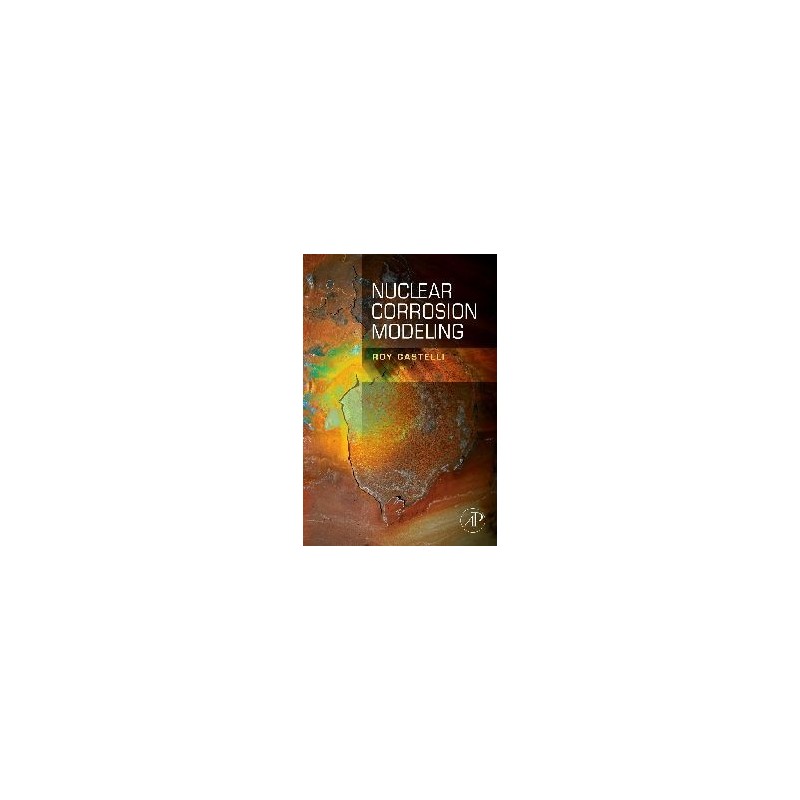- Obecnie brak na stanie



Moduł pamięci Flash eMMC dla komputerów Odroid N2L firmy Hardkernel. Pojemność 8 GB, zainstalowany system operacyjny Android. W zestawie znajduje się adapter microSD. Hardkernel 8GB eMMC Module N2L Android
Brak towaru
Brak towaru
Brak towaru
Zestaw ewaluacyjny i szkoleniowy Analog Training Board dla konstruktorów zainteresowanych nowoczesnymi podzespołami analogowymi z oferty Analog Devices
Najniższa cena produktu z ostatnich 30 dni przed wprowadzeniem promocji - 299,00 zł brutto
Brak towaru
Brak towaru
Brak towaru
Strażnik samochodowego akumulatora 12V. MK189
Brak towaru
Brak towaru
8-pinowe złącze Flip-Pin firmy Fliptronics pozwala dołączać moduły do płytek stykowych bez ich uszkadzania, jak to się dzieje w przypadku złącz goldpin. COM-14085
Brak towaru
Brak towaru
Brak towaru
Brak towaru
Magnes trwały neodymowy walcowy o średnicy 8 mm i wysokości 1,5 mm.
Brak towaru
Brak towaru
Płytka daje możliwość znacznego poszerzenia funkcjonalności zestawu uruchomieniowego STM32F407G-DISC1. Na płytce znajduje się m.in. gniazdo karty pamięci (microSD), gniazdo Ethernet oraz złącza, za pomocą których można dołączyć do płytki moduły serii SMT32F4DIS
Brak towaru
MIKROPROCESOROWY MIERNIK POJEMNOŚCI OGNIW AA-AAA - PŁYTKA DRUKOWANA I ZAPROGRAMOWANY UKŁAD
Brak towaru

